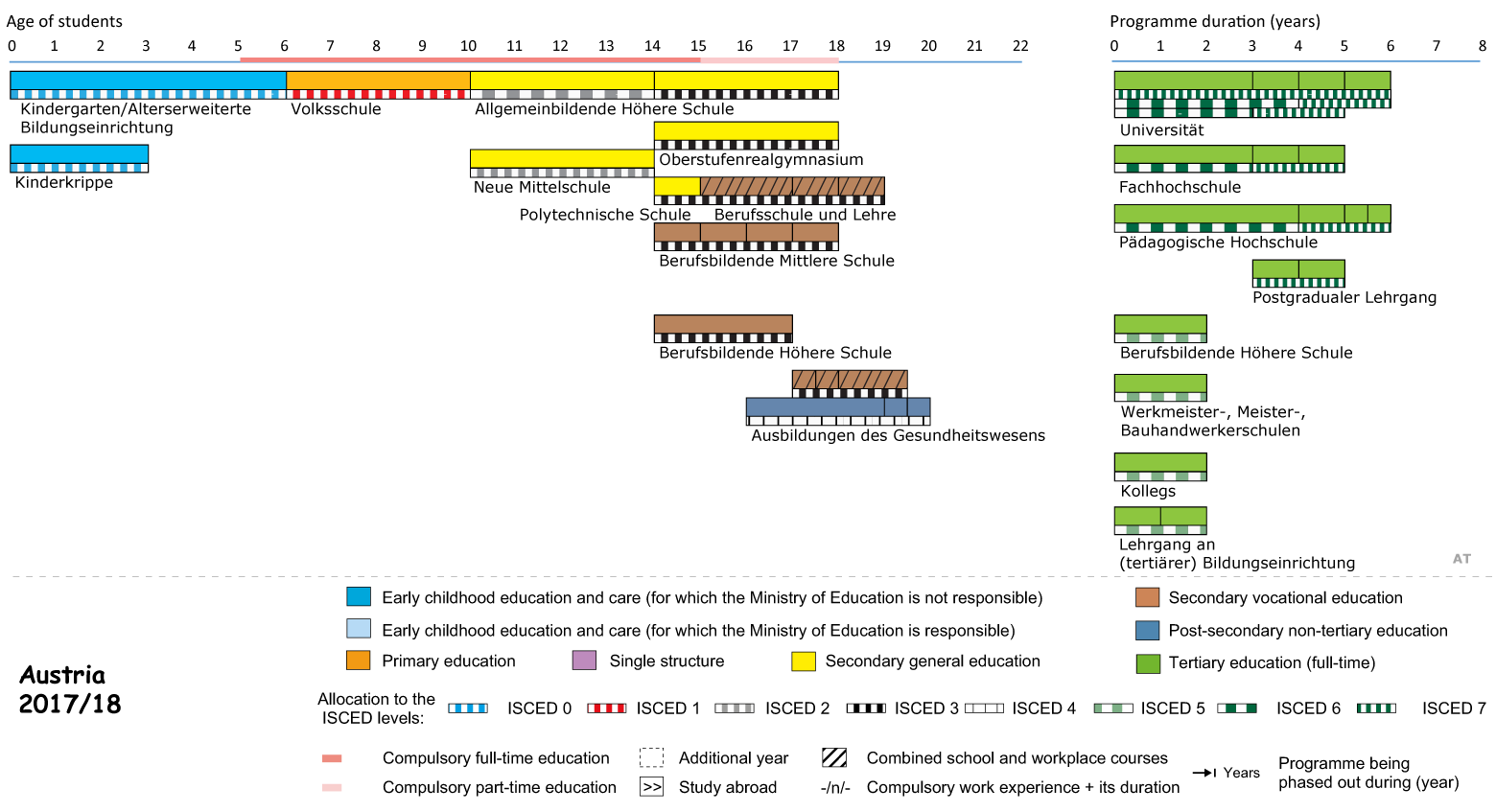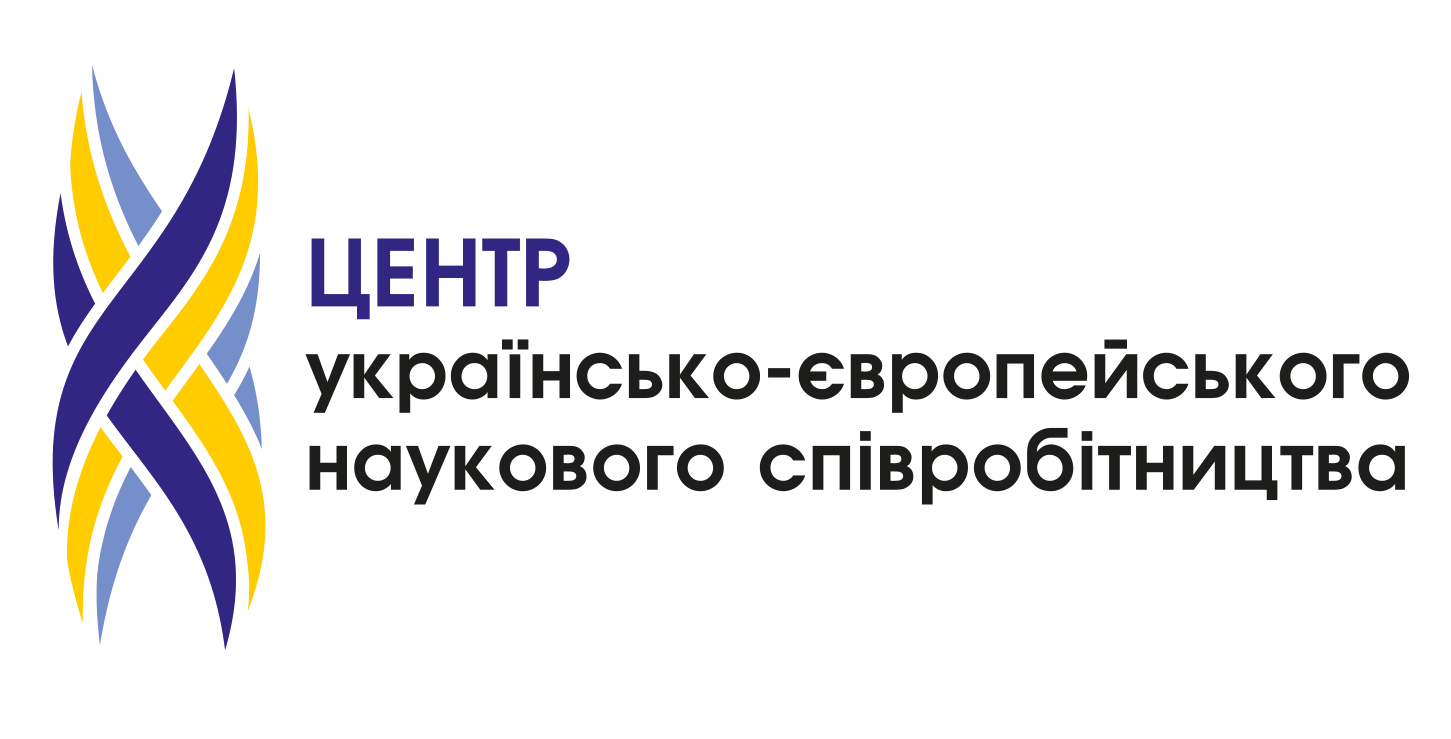 Key features of the Education System
Key features of the Education System
According to the Austrian Federal Constitutional Law Article 14 – as amended (Bundesverfassungs-Gesetz, B-VG, Art. 14) democracy, humanity, solidarity, peace and justice, openness and tolerance towards everyone regardless of race, social status and financial background are fundamental principles of education in Austria.
Key features related to governance
Concerning kindergartens and crèches the provinces (Bundesländer) are responsible for legislation and implementation and maintained to high degree by municipalities (Gemeinden). However, there is also a large private sector.
Concerning schools responsibilities for legislation and its implementation are divided between the federation (Bund) and the provinces (Bundesländer) where it is executed by the parliaments of the provinces (Landtage) and the offices of the provincial governments (Ämter der Landesregierungen). In specific matters enumerated in the Constitution, the federation sets the framework, while detailed legislation is implemented by the parliaments of the provinces . The federation has overwhelming responsibility for the education system, including virtually all areas of school organisation, the organisation of school instruction, private schools as well as the remuneration and retirement law governing education staff.
Legislation and execution of all matters pertaining to universities and higher education is a federal responsibility. The freedom of scholarship and teaching, and the freedom of art, are guaranteed in constitutional legislation.
Key features related to organisation and structures
Since 2010 obligatory kindergarten attendance was introduced for 5 year olds (i.e. children one year before school entry).
An important aspect of the Austrian school system is the strong diversification of programmes at all levels of education. Austria has put in place a strong vocational education sector. 18% of 15-19 year olds are enrolled in general upper-secondary programmes compared to 82% in vocational pathways.
Traditional early streaming (at ages 10 and 14) has been subject of on-going educational reforms but remains a fact.
General compulsory schooling lasts until the age of 15 in Austria. Since the 2016/17 school year all youths who have not yet reached the age of 18 will be required to engage in education or training after completing general compulsory schooling. They should as far as possible complete some form of education or training that goes beyond the compulsory school-leaving qualification.
In View of “output orientation” quality assurance and development was driven forward by a series of measures:
- National educational standards
- Standardised, competence-oriented matriculation (and diploma) examinations (Reifeprüfung/Reife- und Diplomprüfung)
- National Report on Education
- Based on the Act on Quality Assurance in Higher Education the Agency for Quality Assurance and Accreditation Austria (AQ Austria) was set up.
The 2017 Education Reform Act (Bildungsreformgesetz 2017) will establish a new governance model for education system and an evidence-based quality insurance:
- Definition of a comprehensive framework on school quality
- Regular collection of data on all aspects of school quality
- Availability of these data for all levels of the school administration
- Production of annual school reports
- New system of school inspection and school evaluation
Stages of the Education System
In September 2010 obligatory kindergarten attendance was introduced for 5 year olds.
School education is compulsory for nine years and starts at the age of 6.
Primary school is the general compulsory school for pupils aged 6-10 (years 1 to 4).
The lower secondary level (years 5 to 8) comprises:
- New secondary school (Neue Mittelschule)
- Lower level of academic secondary school (Allgemein bildende Höhere Schule).
The upper secondary level (years 9 to 13) comprises a
- general education branch and a
- vocational branch.
Higher education is provided by
- Public Universities (the biggest sector),
- Private Universities,
- Universities of Applied Sciences (Fachhochschulen),
- University Colleges of Teacher Education (Pädagogische Hochschulen)
Adult learning programmes may lead to legally regulated qualifications (also called formal qualifications). They include second-chance programmes, for example: These are programmes that aim at the acquisition of qualifications by adults in the formal education sector (e.g.)
- the compulsory schooling qualification (Pflichtschulabschluss),
- the apprenticeship-leave certificate (Lehrabschlussprüfung),
- the final certificate from schools for people in employment (Berufsreifeprüfung)
Schematic Structure of the National Education System

Resource: https://eacea.ec.europa.eu/national-policies/eurydice/content/austria_en









